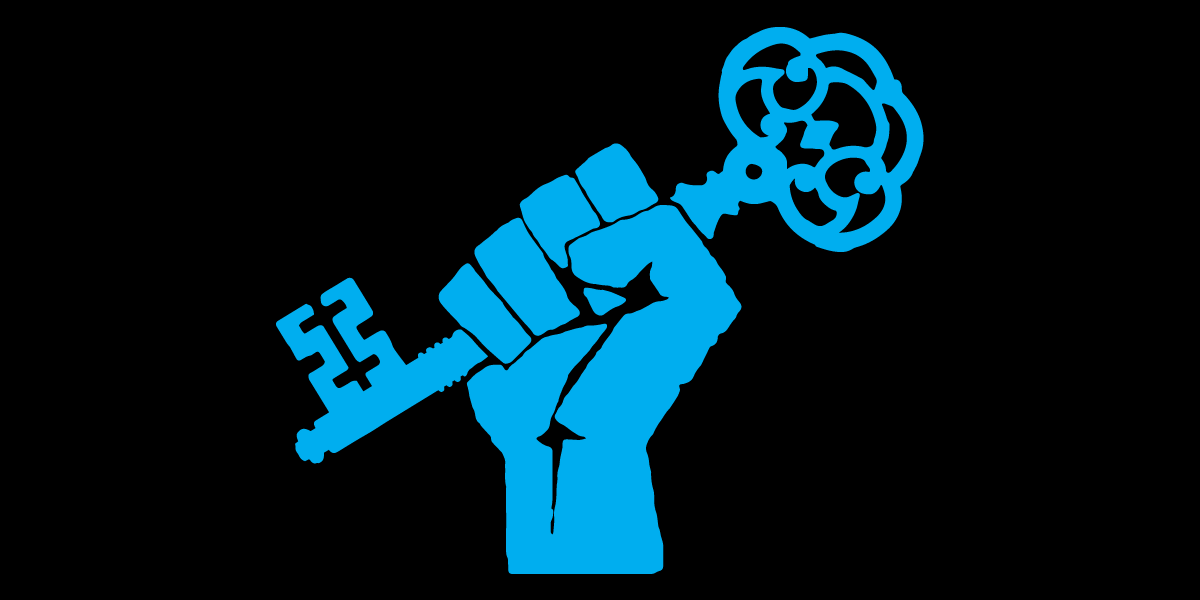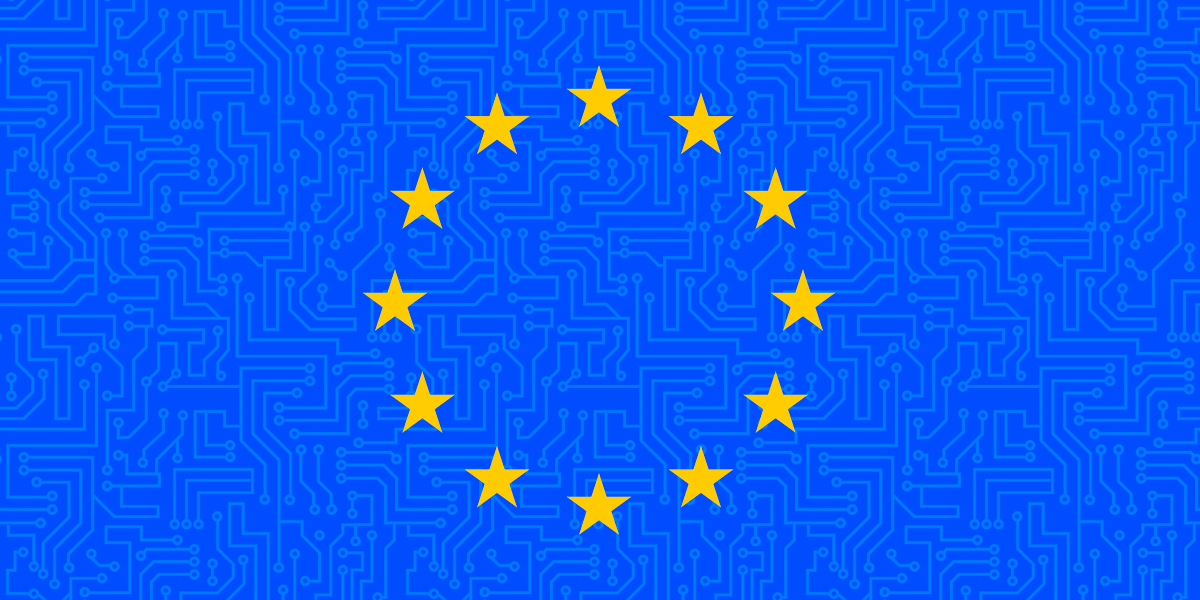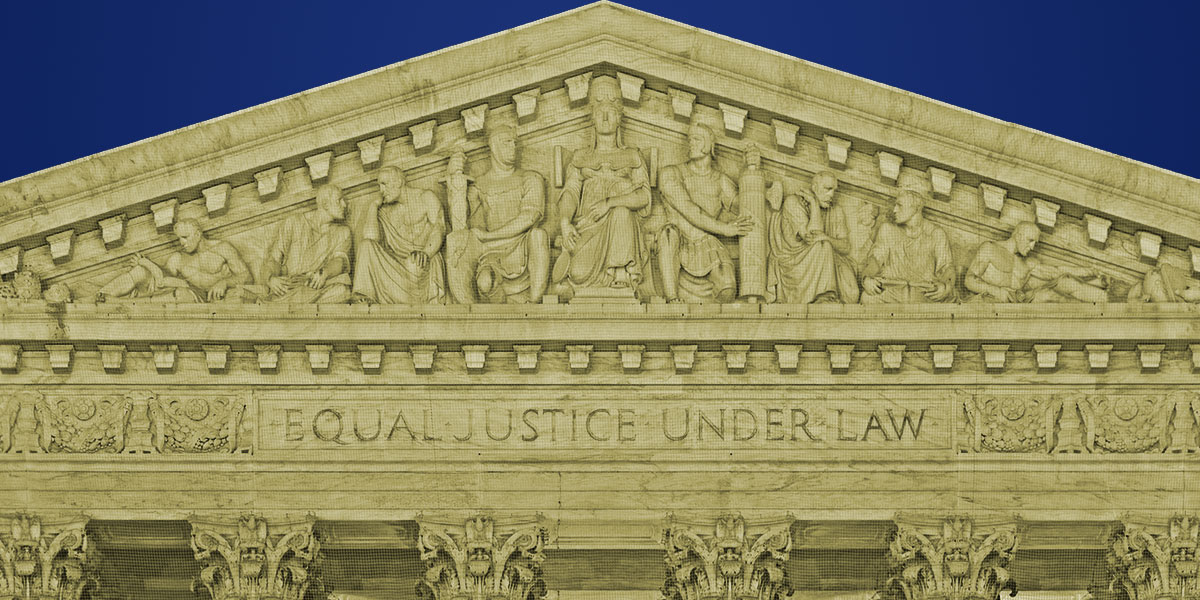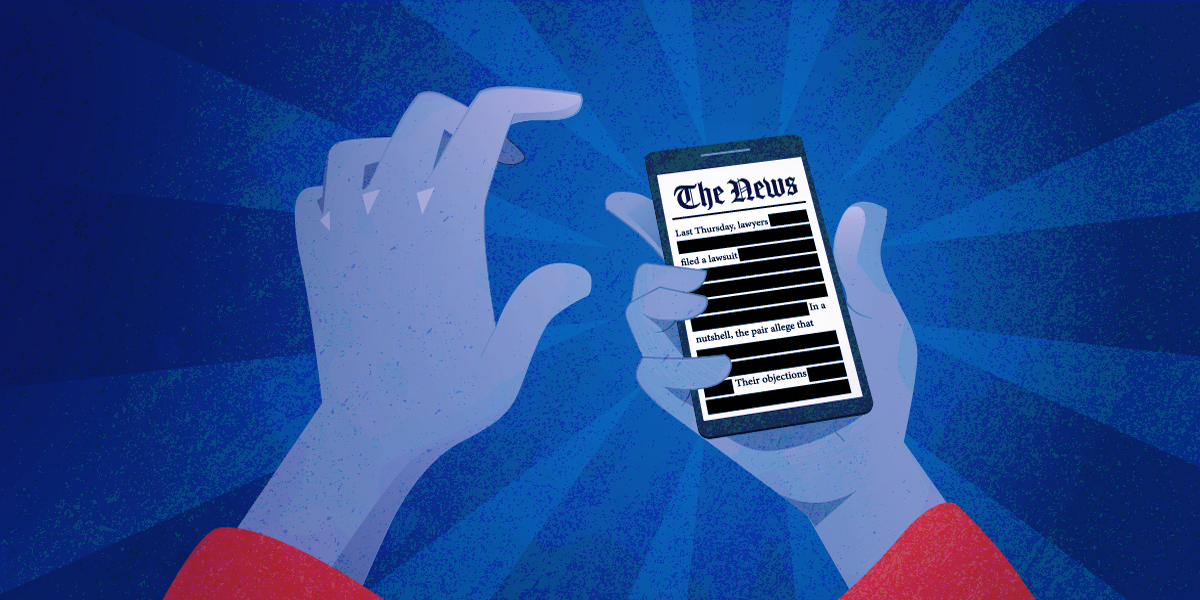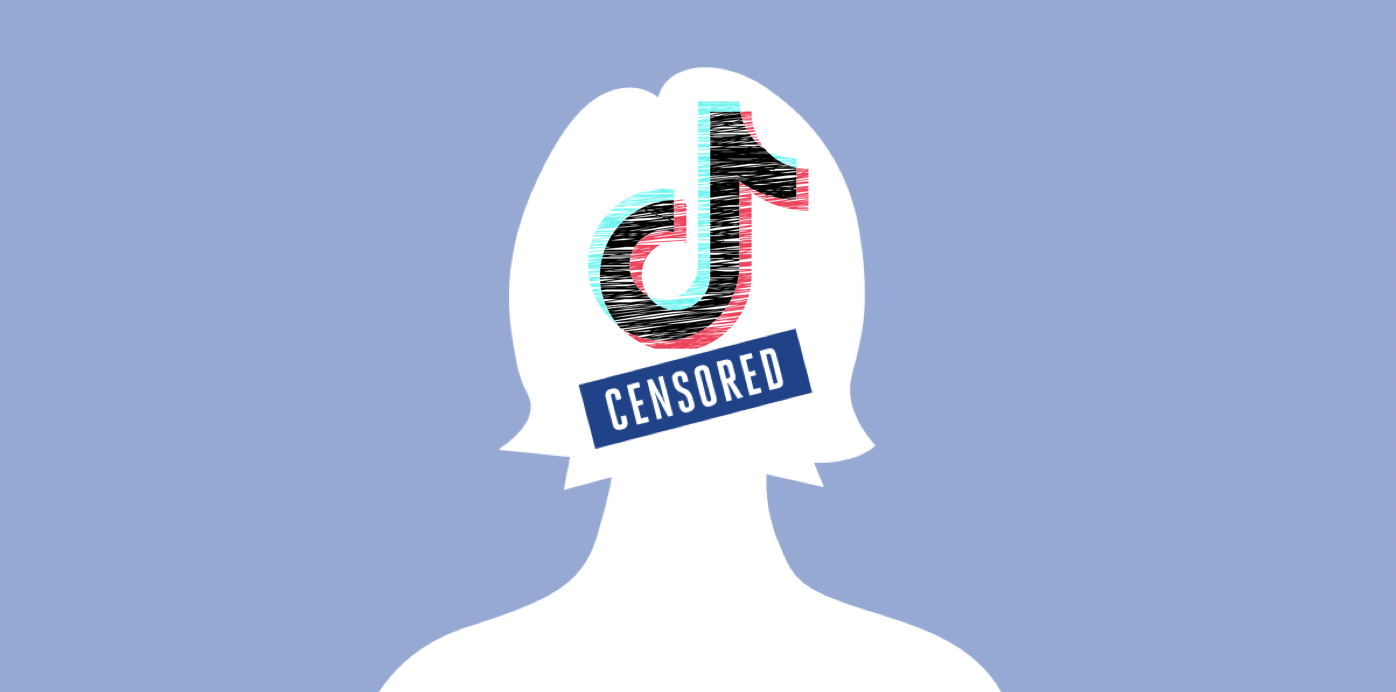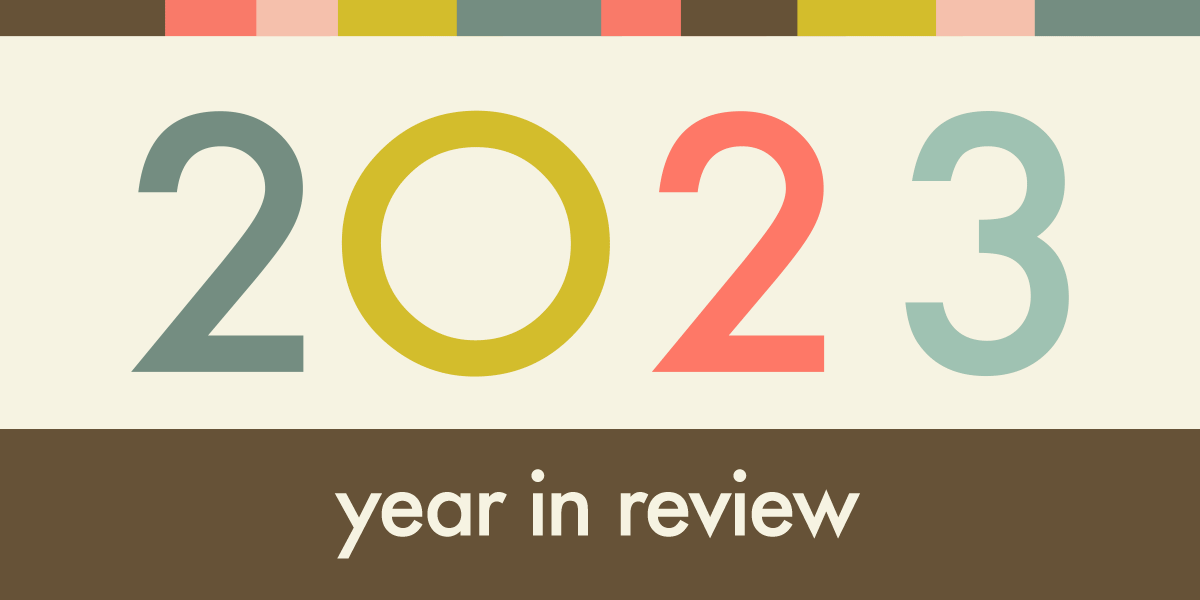Speaking Freely: Anriette Esterhuysen
*This interview took place in April 2024 at NetMundial+10 in São Paulo, Brazil. This interview has been edited for length and clarity.
Anriette Esterhuysen is a human rights defender and computer networking trailblazer from South Africa. She has pioneered the use of Internet and Communications Technologies (ICTs) to promote social justice in South Africa and throughout the world, focusing on affordable Internet access. She was the executive director of Association for Progressive Communications from 2007 to 2017. In November 2019 Anriette was appointed by the Secretary-General of the United Nations to chair the Internet Governance Forum’s Multistakeholder Advisory Group.
Greene: Can you go ahead and introduce yourself for us?
Esterhuysen: My name is Anriette Esterhuysen, I am from South Africa and I’m currently sitting here with David in Sao Paulo, Brazil. My closest association remains with the Association for Progressive Communications where I was executive director from 2000 to 2017. I continue to work for APC as a consultant in the capacity of Senior Advisor on Internet Governance and convenor of the annual African School on Internet Governance (AfriSIG).
Greene: Can you tell us more about the African School on Internet Governance (AfriSIG)?
AfriSIG is fabulous. It differs from internet governance capacity building provided by the technical community in that it aims to build critical thinking. It also does not gloss over the complex power dynamics that are inherent to multistakeholder internet governance. It tries to give participants a hands-on experience of how different interest groups and sectors approach internet governance issues.
AfriSIG started as a result of Titi Akinsanmi, a young Nigerian doing postgraduate studies in South Africa, approaching APC and saying, “Look, you’ve got to do something. There’s a European School of Internet Governance, there’s one in Latin America, and where is there more need for capacity-building than in Africa?” She convinced me and my colleague Emilar Vushe Gandhi, APC Africa Policy Coordinator at the time, to organize an African internet governance school in 2013 and since then it has taken place every year. It has evolved over time into a partnership between APC and the African Union Commission and Research ICT Africa.
It is a residential leadership development and learning event that takes place over 5 days. We bring together people who are already working in internet or communications policy in some capacity. We create space for conversation between people from government, civil society, parliaments, regulators, the media, business and the technical community on what in Africa are often referred to as “sensitive topics”. This can be anything from LGBTQ rights to online freedom of expression, corruption, authoritarianism, and accountable governance. We try to create a safe space for deep diving the reasons for the dividing lines between, for example, government and civil society in Africa. It’s very delicate. I love doing it because I feel that it transforms people’s thinking and the way they see one another and one another’s roles. At the end of the process, it is common for a government official to say they now understand better why civil society demands media freedom, and how transparency can be useful in protecting the interests of public servants. And civil society activists have a better understanding of the constraints that state officials face in their day-to-day work. It can be quite a revelation for individuals from civil society to be confronted with the fact that in many respects they have greater freedom to act and speak than civil servants do.
Greene: That’s great. Okay now tell me, what does free speech mean to you?
I think of it as freedom of expression. It’s fundamental. I grew up under Apartheid in South Africa and was active in the struggle for democracy. There is something deeply wrong with being surrounded by injustice, cruelty and brutality and not being allowed to speak about it. Even more so when one's own privilege comes at the expense of the oppressed, as was the case for white South Africans like myself. For me, freedom of expression is the most profound part of being human. You cannot change anything, deconstruct it, or learn about it at a human level without the ability to speak freely about what it is that you see, or want to understand. The absence of freedom of expression entrenches misinformation, a lack of understanding of what is happening around you. It facilitates willful stupidity and selective knowledge. That’s why it’s so smart of repressive regimes to stifle freedom of expression. By stifling free speech you disempower the victims of injustice from voicing their reality, on the one hand, and, on the other, you entrench the unwillingness of those who are complicit with the injustice to confront that they’re part of it.
It is impossible to shift a state of repression and injustice without speaking out about it. That is why people who struggle for freedom and justice speak about it, even if doing so gets them imprisoned, assassinated or executed. Change starts through people, the media, communities, families, social movements, and unions, speaking about what needs to change.
Greene: Having grown up in Apartheid, is there a single personal experience or a group of personal experiences that really shaped your views on freedom of expression?
I think I was fortunate in the sense that I grew up with a mother who—based on her Christian beliefs—came to see Apartheid as being wrong. She was working as a social worker for the main state church—the Dutch Reformed Church (DRC) —at the time of the Cottesloe Consultation convened in Johannesburg by the World Council of Churches (WCC) shortly after the Sharpeville Massacre. An outcome statement from this consultation, and later deliberations by the WCC in Geneva, condemned the DRC for its racism. In response the DRC decided to leave the WCC. At a church meeting my mother attended she listened to the debate and someone in the church hierarchy who spoke against this decision and challenged the church for its racist stance. His words made sense to her. She spoke to him after the meeting and soon joined the organization he had started to oppose Apartheid, the Christian Institute. His name was Beyers Naudé and he became an icon of the anti-Apartheid struggle and an enemy of the apartheid state. Apparently, my first protest march was in a pushchair at a rally in 1961 to oppose the rightwing National Party government's decision for South Africa to leave the Commonwealth.
There’s no single moment that shaped my view of freedom of expression. The thing about living in the context of that kind of racial segregation and repression is that you see it every day. It’s everywhere around you, but like Nazi Germany, people—white South Africans—chose not to see it, or if they did, to find ways of rationalizing it.
Censorship was both a consequence of and a building block of the Apartheid system. There was no real freedom of expression. But because we had courageous journalists, and a broad-based political movement—above ground and underground—that opposed the regime, there were spaces where one could speak/listen/learn. The Congress of Democrats established in the 1950s after the Communist Party was banned was a social justice movement in which people of different faiths and political ideologies (Jewish, Christian and Muslim South Africans alongside agnostics and communists) fought for justice together. Later in the 1980s, when I was a student, this broad front approach was revived through the United Democratic Front. Journalists did amazing things. When censorship was at its height during the State of Emergency in the 1980s, newspapers would go to print with columns of blacked-out text—their way of telling the world that they were being censored.
I used to type up copy filed over the phone or cassettes by reporters for the Weekly Mail when I was a student. We had to be fast because everything had to be checked by the paper’s lawyers before going to print. Lack of freedom of expression was legislated. The courage of editors and individual journalists to defy this, and if they could not, to make it obvious made a huge impact on me.
Greene: Is there a time when you, looking back, would consider that you were personally censored?
I was very much personally censored at school. I went to an Afrikaans secondary school. And I kind of have a memory of when, after going back after a vacation, my math teacher—who I had no personal relationship with —walked past me in class and asked me how my holiday on Robben Island was. I thought, why is he asking me that? A few days later I heard from a teacher I was friendly with that there was a special staff meeting about me. They felt I was very politically outspoken in class and the school hierarchy needed to take action. No actual action was taken... but I felt watched, and through that, censored, even if not silenced.
I felt that because for me, being white, it was easier to speak out than for black South Africans, it would be wrong not to do so. As a teenager, I had already made that choice. It was painful from a social point of view because I was very isolated, I didn’t have many friends, I saw the world so differently from my peers. In 1976 when the Soweto riots broke out I remember someone in my class saying, “This is exactly what we’ve been waiting for because now we can just kill them all.” This is probably also why I feel a deep connection with Israel/Palestine. There are many dimensions to the Apartheid analogy. The one that stands out for me is how, as was the case in South Africa too, those with power—Jewish Israelis—dehumanize and villainize the oppressed - Palestinians.
Greene: At some point did you decide that you want human rights more broadly and freedom of expression to be a part of your career?
I don’t think it was a conscious decision. I think it was what I was living for. It was the raison d’etre of my life for a long time. After high school, I had secured places at two universities. At one for a science degree and at the other for a degree in journalism. But I ended up going to a different university making the choice based on the strength of its student movement. The struggle against Apartheid was expressed and conceptualized as a struggle for human rights. The Constitution of democratic South Africa was crafted by human rights lawyers and in many respects it is a localized interpretation of the Universal Declaration.
Later, in the late 1980s, when I started working on access to information through the use of Information and Communication Technologies (ICTS) it felt like an extension of the political work I had done as a student and in my early working life. APC, which I joined as a member—not staff—in the 1990s, was made up of people from other parts of the world who had been fighting their own struggles for freedom—Latin America, Asia, and Central/ Eastern Europe. All with very similar hopes about how the use of these technologies can enable freedom and solidarity.
Greene: So fast forward to now, currently do you think the platforms promote freedom of expression for people or restrict freedom of expression?
Not a simple question. Still, I think the net effect is more freedom of expression. The extent of online freedom of expression is uneven and it’s distorted by the platforms in some contexts. Just look at the biased pro-Israel way in which several platforms moderate content. Enabling hate speech in contexts of conflict can definitely have a silencing effect. By not restricting hate in a consistent manner, they end up restricting freedom of expression. But I think it’s disingenuous to say that overall the internet does not increase freedom of expression. And social media platforms, despite their problematic business models, do contribute. They could of course do it so much better, fairly and consistently, and for not doing that they need to be held accountable.
Greene: We can talk about some of the problems and difficulties. Let’s start with hate speech. You said it’s a problem we have to tackle. How do we tackle it?
You’re talking to a very cynical old person here. I think that social media amplifies hate speech. But I don’t think they create the impulse to hate. Social media business models are extractive and exploitative. But we can’t fix our societies by fixing social media. I think that we have to deal with hate in the offline world. Channeling energy and resources into trying to grow tolerance and respect for human rights in the online space is not enough. It’s just dealing with the symptoms of intolerance and populism. We need to work far harder to hold people, particularly those with power, accountable for encouraging hate (and disinformation). Why is it easy to get away with online hate in India? Because Modi likes hate. It’s convenient for him, it keeps him in political power. Trump is another example of a leader that thrives on hate.
What’s so problematic about social media platforms is the monetization of this. That is absolutely wrong and should be stopped—I can say all kinds of things about it. We need to have a multi-pronged approach. We need market regulation, perhaps some form of content regulation, and new ways of regulating advertising online. We need access to data on what happens inside these platforms. Intervention is needed, but I do not believe that content control is the right way to do it. It is the business model that is at the root of the problem. That’s why I get so frustrated with this huge global effort by governments (and others) to ensure information integrity through content regulation. I would rather they spend the money on strengthening independent media and journalism.
Greene: We should note we are currently at an information integrity conference today. In terms of hate speech, are there hazards to having hate speech laws?
South Africa has hate speech laws which I believe are necessary. Racial hate speech continues to be a problem in South Africa. So is xenophobic hate speech. We have an election coming on May 29 [2024] and I was listening to talk radio on election issues and hearing how political parties use xenophobic tropes in their campaigns was terrifying. “South Africa has to be for South Africans.” “Nigerians run organized crime.” “All drugs come from Mozambique,” and so on. Dangerous speech needs to be called out. Norms are important. But I think that establishing legalized content regulation is risky. In contexts without robust protection for freedom of expression, such regulation can easily be abused by states to stifle political speech.
Greene: Societal or legal norms?
Both. Legal norms are necessary because social norms can be so inconsistent, volatile. But social norms shape people’s everyday experience and we have to strive to make them human rights aware. It is important to prevent the abuse of legal norms—and states are, sadly, pretty good at doing just that. In the case of South Africa hate speech regulation works relatively well because there are strong protections for freedom of expression. There are soft and hard law mechanisms. The South African Human Rights Commission developed a social media charter to counter harmful speech online as a kind of self-regulatory tool. All of this works—not perfectly of course—because we have a constitution that is grounded in human rights. Where we need to be more consistent is in holding politicians accountable for speech that incites hate.
Greene: So do we want checks and balances built into the regulatory scheme or are you just wanting it existing within a government scheme that has checks and balances built in?
I don’t think you need new global rule sets. I think the existing international human rights framework provides what we need and just needs to be strengthened and its application adapted to emerging tech. One of the reasons why I don’t think we should be obsessive about restricting hate speech online is because it is a canary in a coal mine. In societies where there’s a communal or religious conflict or racial hate, removing its manifestation online could be a missed opportunity to prevent explosions of violence offline. That is not to say that there should not be recourse and remedy for victims of hate speech online. Or that those who incite violence should not be held accountable. But I believe we need to keep the bar high in how we define hate speech—basically as speech that incites violence.
South Africa is an interesting case because we have very progressive laws when it comes to same-sex marriage, same-sex adoption, relationships, insurance, spousal recognition, medical insurance and so on, but there’s still societal prejudice, particularly in poor communities. That is why we need a strong rights-oriented legal framework.
Greene: So that would be another area where free speech can be restricted and not just from a legal sense but you think from a higher level principles sense.
Right. Perhaps what I am trying to say is that there is speech that incites violence and it should be restricted. And then there is speech that is hateful and discriminatory, and this should be countered, called out, and challenged, but not censored. When you’re talking about the restriction—or not even the restriction but the recognition and calling out of—harmful speech it’s important not just to do that online. In South Africa stopping xenophobic speech online or on public media platforms would be relatively simple. But it’s not going to stop xenophobia in the streets. To do that we need other interventions. Education, public awareness campaigns, community building, and change in the underlying conditions in which hate thrives which in our case is primarily poverty and unemployment, lack of housing and security.
Greene: This morning someone who spoke at this event was speaking about misinformation said, “The vast majority of misinformation is online.” And certainly in the US, researchers say that’s not true, most of it is on cable news, but it struck me that someone who is considered an expert should know better. We have information ecosystems and online does not exist separately.
It’s not separate. Agree. There’s such a strong tendency to look at online spaces as an alternative universe. Even in countries with low internet penetration, there’s a tendency to focus on the online components of these ecosystems. Another example would be child online protection. Most child abuse takes place in the physical world, and most child abusers are close family members, friends or teachers of their victims—but there is a global obsession with protecting children online. It is a shortsighted and ‘cheap’ approach and it won’t work. Not for dealing with misinformation or for protecting children from abuse.
Greene: Okay, our last question we ask all of our guests. Who is your free speech hero?
Desmond Tutu. I have many free speech heroes but Bishop Tutu is a standout because he could be so charming about speaking his truths. He was fearless in challenging the Apartheid regime. But he would also challenge his fellow Christians. One of his best lines was, “If LGBT people are not welcome in heaven, I’d rather go to the other place.” And then the person I care about and fear for every day is Egyptian blogger Alaa Abd el-Fattah. I remember walking at night through the streets of Cairo with him in 2012. People kept coming up to him, talking to him, and being so obviously proud to be able to do so. His activism is fearless. But it is also personal, grounded in love for his city, his country, his family, and the people who live in it. For Alaa freedom of speech, and freedom in general, was not an abstract or a political goal. It was about freedom to love, to create art, music, literature and ideas in a shared way that brings people joy and togetherness.
Greene: Well now I have a follow-up question. You said you think free speech is undervalued these days. In what ways and how do we see that?
We see it manifested in the absence of tolerance, in the increase in people claiming that their freedoms are being violated by the expression of those they disagree with, or who criticize them. It’s as if we’re trying to establish these controlled environments where we don’t have to listen to things that we think are wrong, or that we disagree with. As you said earlier, information ecosystems have offline and online components. Getting to the “truth” requires a mix of different views, disagreement, fact-checking, and holding people who deliberately spread falsehoods accountable for doing so. We need people to have the right to free speech, and to counter-speech. We need research and evidence gathering, investigative journalism, and, most of all, critical thinking. I’m not saying there shouldn't be restrictions on speech in certain contexts, but do it because the speech is illegal or actively inciteful. Don’t do it because you think it will achieve so-called information integrity. And especially, don’t do it in ways that undermine the right to freedom of expression.





